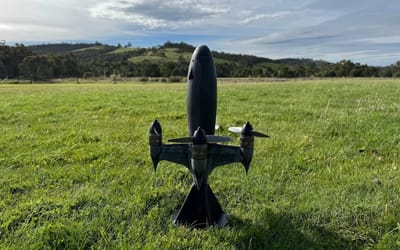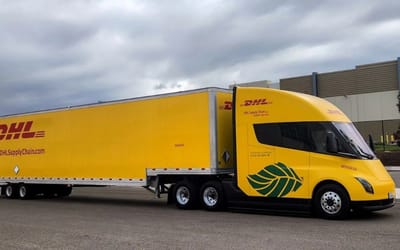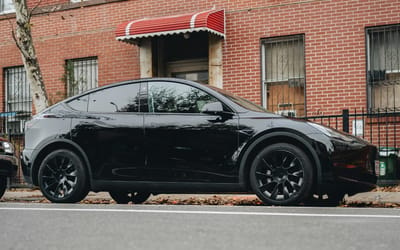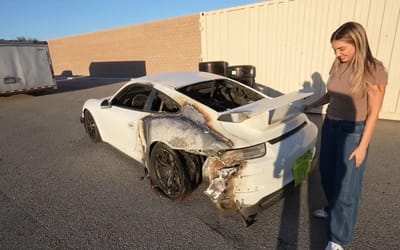Jet engine cars looked 10/10 but were terrible to actually drive
Published on Jul 27, 2025 at 4:14 AM (UTC+4)
by Molly Davidson
Last updated on Jul 24, 2025 at 3:19 PM (UTC+4)
Edited by
Kate Bain
Jet engine cars sounded like fighter jets and looked ripped straight from a sci-fi fever dream.
They promised a future free from gasoline – powered by flames, turbines, and imagination.
Automakers couldn’t stop trying to make them happen.
But despite all the hype, they were just never meant for the road.
VISIT SBX CARS – View live supercar auctions powered by Supercar Blondie
What are jet engine cars?
First, let’s get this straight: turbine-powered cars weren’t actual jet-propelled rockets. They didn’t shoot flames out the back and take off (as cool as that would be).
What they used were gas turbines – small versions of jet engines – that turned heat into rotational energy to drive the wheels. Like a jet plane, just grounded.
Starting in the 1950s, companies like GM and Chrysler saw turbines as the next step in car evolution.
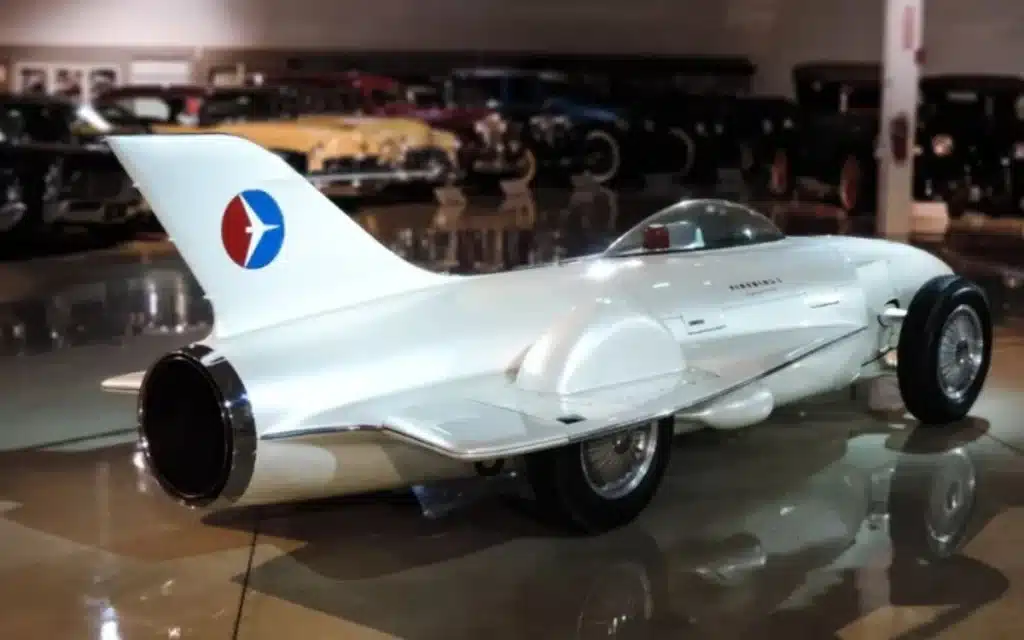
Turbines had fewer moving parts than piston engines. They could run on almost anything combustible – kerosene, diesel, even tequila. Yes, really.
In theory, this was brilliant – simpler to maintain, potentially more durable, and with fuel flexibility that seemed future-proof, especially during the peak oil panic of the 1970s.
GM went all in with turbine-powered concepts like the Firebird I, II, and III.
Chrysler went further – it handed out actual turbine cars (like the one pictured below) to real families for road testing as part of a public user program.
So what went wrong?
They looked like a dream but drove like a nightmare
Let’s not kid ourselves – turbine cars were stunning.
The Firebirds looked like fighter jets with wheels. Bubble canopies, tail fins, turbine intakes, cockpit gauges – they screamed sci-fi.
Even the buses and trucks GM built with turbines had an otherworldly vibe.
It was all about making the future visible… and loud.
But underneath the flair was a mess.
Throttle response was slow and unpredictable. Emissions were awful. And producing the engines at scale turned out to be a manufacturing headache.
Drivers complained about the lag, the noise, and the brutal fuel consumption.
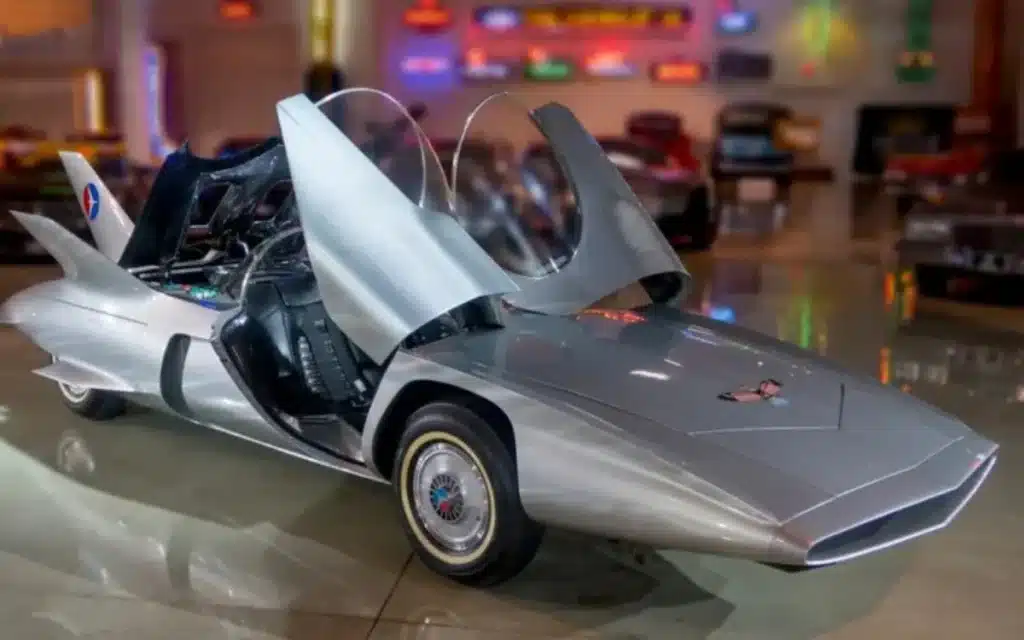
And forget smooth commutes – these cars weren’t built for stop-and-go traffic. They were loud, hot, and expensive to run.
The only thing they were good at was looking cool.
By the late 1980s, the turbine dream was over.
Automakers quietly shelved the tech. EVs and hybrids took the baton. And jet engine cars? They became museum pieces.
Still, there’s something magnetic about that era.
A time when the car of the future wasn’t quiet or efficient – it was bold, weird, and unapologetically extreme.
Click the star icon next to supercarblondie.com in Google Search to stay ahead of the curve of the latest and greatest supercars, hypercars, and ground-breaking technology.
DISCOVER SBX CARS: The global premium car auction platform powered by Supercar Blondie
Molly Davidson is a Junior Content Writer at Supercar Blondie. Based in Melbourne, she holds a double Bachelor’s degree in Arts/Law from Swinburne University and a Master’s of Writing and Publishing from RMIT. Molly has contributed to a range of magazines and journals, developing a strong interest in lifestyle and car news content. When she’s not writing, she’s spending quality time with her rescue English staffy, Boof.
